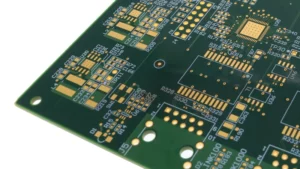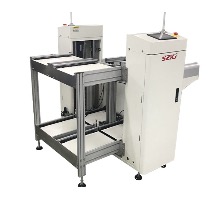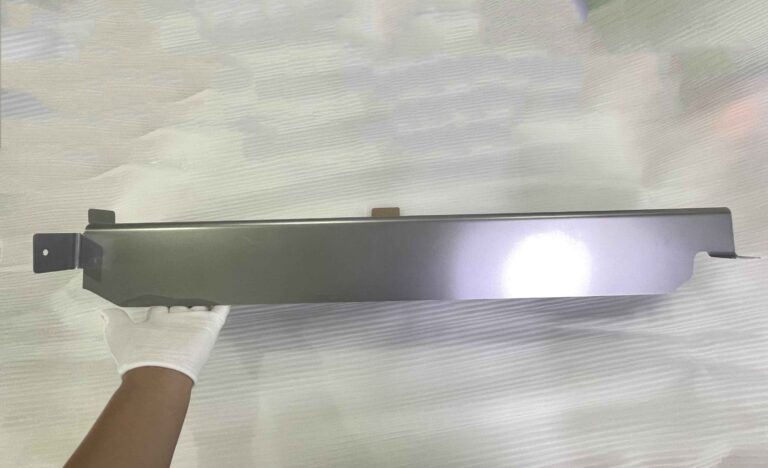Understanding the Benefits of Multilayer Circuit Boards
Home » Understanding the Benefits of Multilayer Circuit Boards
RECENT POSTS
Share:
- December 30, 2024
Table of Contents
Understanding the Benefits of Multilayer Circuit Boards
In the world of electronics, multilayer circuit boards play a pivotal role in modern devices. These advanced circuit boards, which incorporate multiple layers of conductive material, have become integral to a wide range of electronic applications. In this article, we will delve into the key benefits and features of multilayer circuit boards, explaining why they are preferred for high-performance products and how they contribute to improved device functionality.
What Are Multilayer Circuit Boards?
A multilayer circuit board is a type of printed circuit board (PCB) that features more than two layers of conductive material. Typically, these boards consist of several layers of copper and insulating materials stacked together, allowing for complex circuits and compact designs. The multilayer configuration enables the placement of more components in a smaller area, making them highly suitable for devices that require high-density circuitry.

Space and Design Efficiency
One of the primary benefits of multilayer circuit boards is their ability to save space. Unlike traditional single or double-layer boards, multilayer circuit boards allow designers to place more circuitry within a smaller footprint. This is especially beneficial in applications where size and weight are critical factors, such as in smartphones, laptops, and medical devices. The compact design also enhances the overall performance of the device, as it enables better thermal management and signal integrity.
By utilizing multiple layers, manufacturers can optimize the layout of components, which can lead to more efficient electrical performance. This feature is crucial for high-speed signal transmission, as multilayer circuit boards can minimize signal loss and reduce electromagnetic interference (EMI), ensuring stable operation in even the most demanding applications.
Enhanced Durability and Reliability
Another significant advantage of multilayer circuit boards is their improved durability. The multi-layer construction not only makes them more resilient to mechanical stress but also offers better protection against environmental factors like moisture and temperature fluctuations. This added reliability makes multilayer boards ideal for use in critical systems, such as automotive electronics, aerospace applications, and industrial control systems, where failure is not an option.
Additionally, the layers of insulation within the board offer enhanced protection for sensitive components, reducing the risk of damage from external forces or electrical surges. The robust nature of multilayer circuit boards ensures that they can endure harsh operating conditions and continue functioning effectively over time.
Cost-Effectiveness for Complex Designs
While the manufacturing process for multilayer circuit boards may be more complex than for simpler single-layer boards, they can be cost-effective for high-volume production. By consolidating multiple functions into a single board, manufacturers can reduce the need for multiple individual components or complex wiring. This consolidation can lead to lower overall production costs, particularly for mass-produced consumer electronics.
Moreover, multilayer circuit boards allow for greater flexibility in design. Engineers can integrate different components and features, such as power supply circuits and signal processing elements, into a single compact package. This flexibility makes them a preferred choice for manufacturers looking to streamline production without compromising on performance or quality.
Applications Across Industries
The versatility of multilayer circuit boards has led to their widespread use across numerous industries. In the consumer electronics sector, they are found in everything from smartphones and tablets to gaming consoles and wearable devices. In the automotive and aerospace sectors, multilayer PCBs are used in systems that require high levels of precision and reliability, such as navigation systems, sensors, and control modules.
The medical industry also benefits from multilayer circuit boards, particularly in diagnostic equipment and life-saving devices, where performance and safety are critical. As the demand for smaller, more efficient, and powerful devices continues to grow, the role of multilayer circuit boards will only become more important.
Conclusion
In conclusion, multilayer circuit boards offer a range of benefits that make them a preferred choice for modern electronics. From space and design efficiency to enhanced durability and cost-effectiveness, these boards are essential for a variety of high-performance applications. As technology continues to advance, the demand for these innovative circuit boards is likely to increase, driving further developments in PCB technology and leading to even more compact and efficient devices.
0



